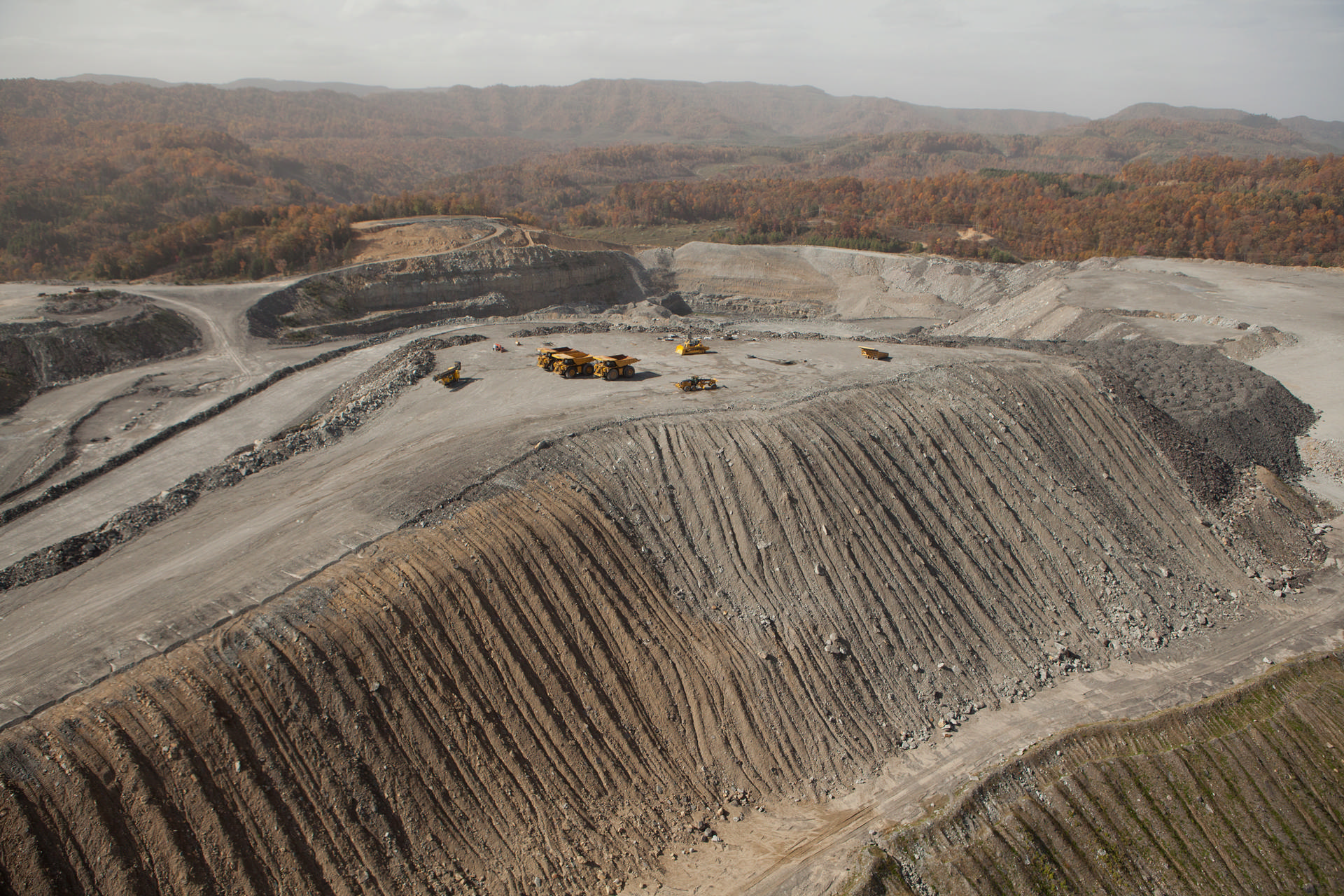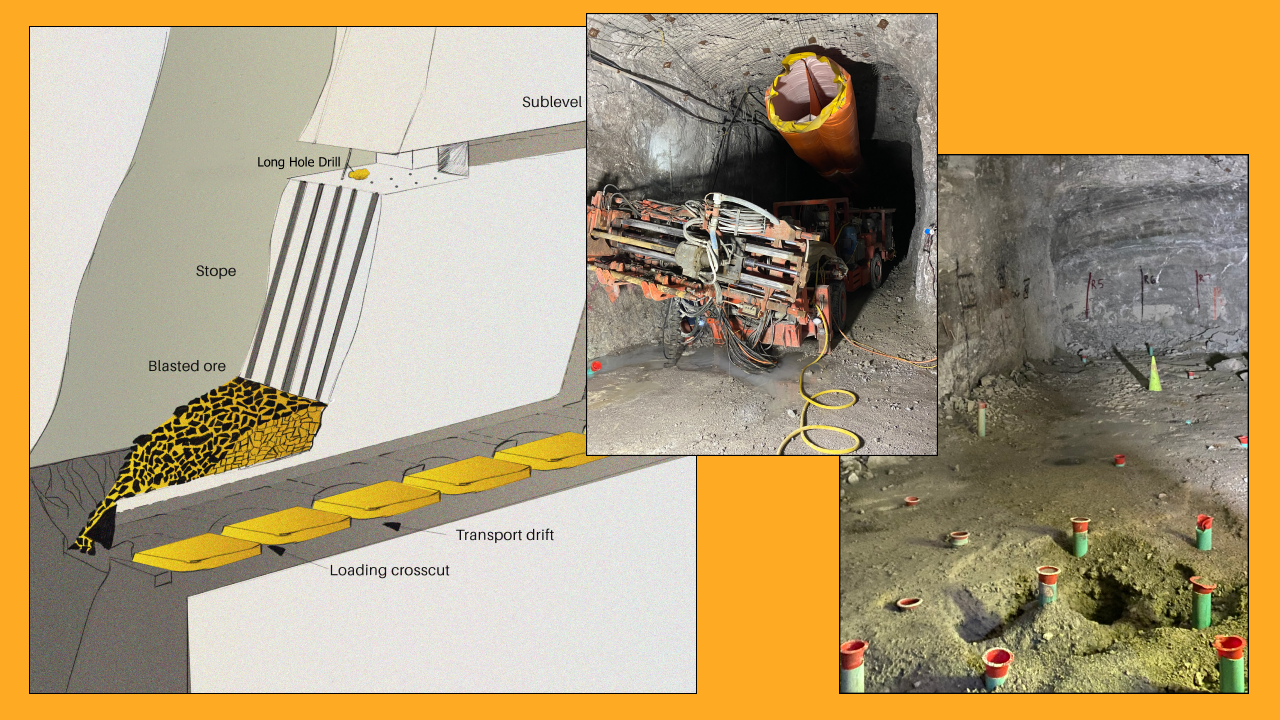Flotation is a vital separation process widely used in the mining and mineral processing industries to concentrate valuable minerals from ore. This innovative technique leverages differences in the physical and chemical properties of minerals, allowing for the selective separation of valuable components from waste material. This article explores the principles, applications, advantages, and challenges of flotation in mineral processing.
What is Flotation?
Flotation is a separation technique that involves the attachment of specific mineral particles to air bubbles, allowing them to rise to the surface of a liquid medium. The process is based on the principle that hydrophobic (water-repelling) minerals can attach to air bubbles while hydrophilic (water-attracting) minerals remain submerged. This selective separation enables the recovery of valuable minerals, such as copper, gold, silver, and lead, from ore.
Key Components of the Flotation Process
- Reagents:
- Collectors: These chemicals enhance the hydrophobic properties of specific minerals, promoting their attachment to air bubbles. Common collectors include xanthates and fatty acids.
- Frothers: Frothers are added to create a stable froth on the surface of the flotation cell, allowing for the effective collection of mineral-laden bubbles. Common frothers include pine oil and methyl isobutyl carbinol (MIBC).
- Depressants: These agents are used to inhibit the flotation of unwanted minerals, ensuring a more selective separation. Examples include sodium cyanide and starch.
- Flotation Cells:
- The flotation process takes place in specialized equipment known as flotation cells or flotation tanks. These cells can vary in size and design but generally consist of a mixing chamber where the slurry is aerated, and a froth layer where concentrated minerals are collected.
- The Flotation Process:
- Preparation: The ore is crushed and ground to liberate the valuable minerals. The ground material is then mixed with water and reagents to form a slurry.
- Aeration: Air is injected into the slurry, creating bubbles that attach to the hydrophobic minerals. The bubbles rise to the surface, forming a froth.
- Collection: The froth containing the concentrated minerals is skimmed off the surface, while the remaining material, known as the tailings, is removed from the bottom of the flotation cell.
Applications of Flotation
Flotation is primarily used in the processing of non-ferrous metal ores, but its applications extend to various other sectors:
- Mineral Concentration: Flotation is crucial for the concentration of base metals such as copper, lead, and zinc, as well as precious metals like gold and silver.
- Industrial Minerals: The technique is also applied in the processing of industrial minerals, including phosphate, potash, and graphite.
- Recycling: Flotation plays a role in the recovery of valuable metals from electronic waste and other recyclable materials, contributing to a circular economy.
- Wastewater Treatment: In some cases, flotation is utilized in wastewater treatment processes to remove suspended solids and oils from industrial effluents.
Advantages of Flotation
Flotation offers several benefits that make it a preferred method for mineral separation:
- High Selectivity: The ability to selectively separate minerals based on their chemical properties allows for efficient recovery of valuable components.
- Flexibility: Flotation can be adapted to various ore types and can be used for a wide range of minerals.
- Cost-Effectiveness: Flotation can often achieve higher recovery rates compared to other separation methods, improving the overall economic viability of mining operations.
- Low Environmental Impact: When conducted properly, flotation can minimize the environmental footprint of mineral processing by reducing the need for harmful chemicals.
Challenges in Flotation
Despite its advantages, flotation also presents several challenges:
- Complex Ore Types: The increasing complexity of ores, including the presence of various minerals and impurities, can complicate the flotation process and require specialized reagents and conditions.
- Froth Stability: Maintaining a stable froth layer is critical for efficient mineral recovery. Factors such as bubble size, reagent concentration, and slurry density can influence froth stability.
- Environmental Concerns: The use of certain flotation reagents may pose environmental risks, necessitating careful selection and management to minimize impacts.
- Operational Costs: While flotation can be cost-effective, operational costs related to reagent consumption, equipment maintenance, and energy consumption can accumulate.
Innovations and Future Trends
The flotation process is continually evolving, with ongoing research and innovations aimed at improving efficiency and sustainability:
- Advanced Reagents: Development of eco-friendly reagents and more effective collectors can enhance flotation performance while minimizing environmental impacts.
- Automation and Control: The integration of automation and real-time monitoring systems can optimize flotation conditions and improve overall process control.
- Process Modeling: Advances in computational modeling and simulation techniques allow for better understanding and optimization of flotation processes, leading to improved recovery rates.
- Sustainable Practices: There is a growing focus on sustainable practices in flotation, including recycling reagents and reducing water consumption, to align with global sustainability goals.
Conclusion
Flotation is a cornerstone of mineral processing, providing an effective and efficient method for the separation and concentration of valuable minerals from ore. With its wide-ranging applications and advantages, flotation continues to play a crucial role in the mining industry and beyond. As the sector evolves, ongoing innovations and a commitment to sustainability will shape the future of flotation, ensuring its relevance in meeting the growing demand for minerals in a rapidly changing world.



